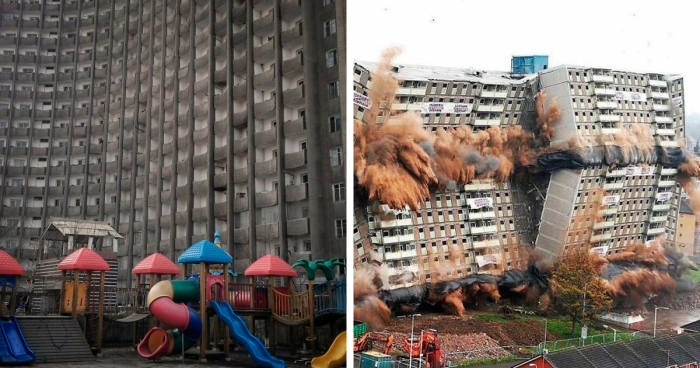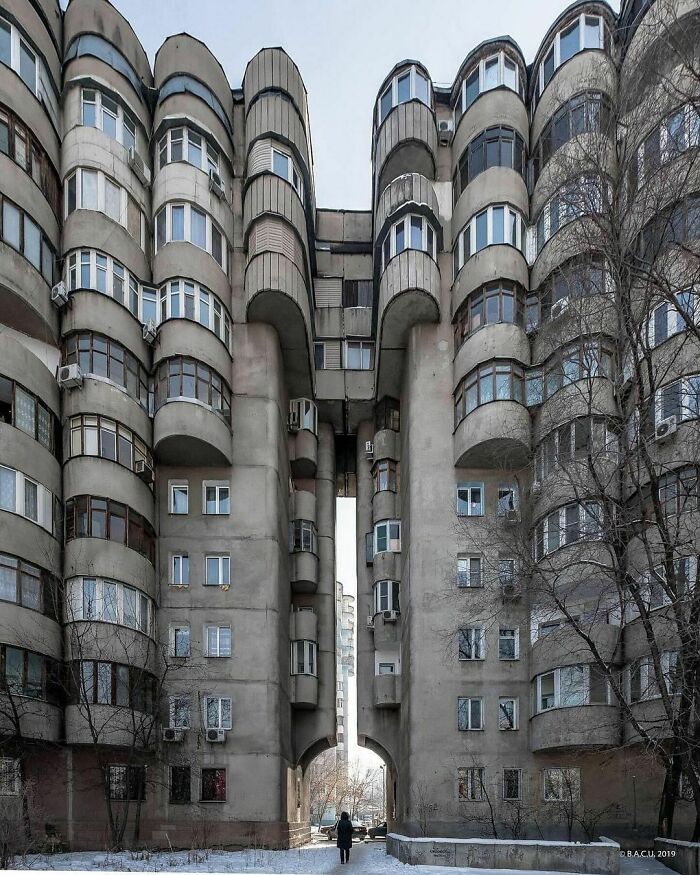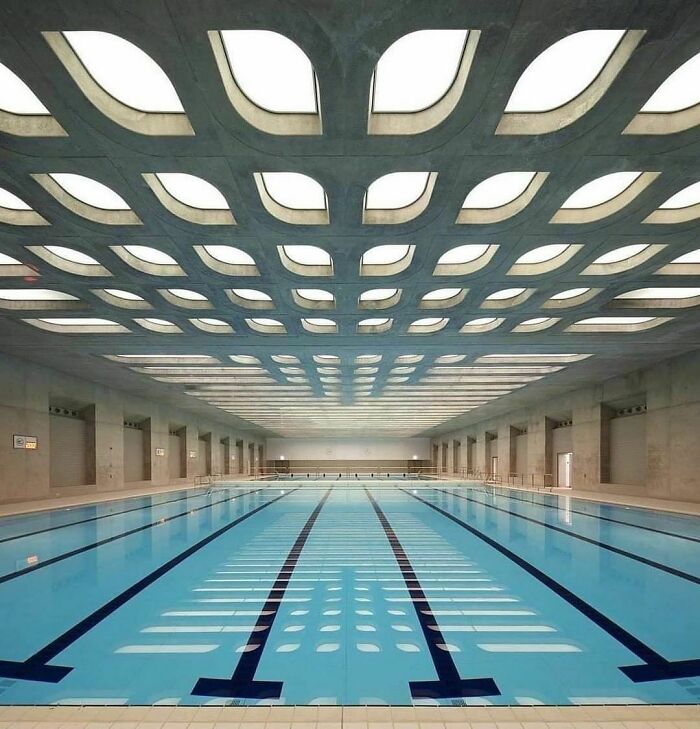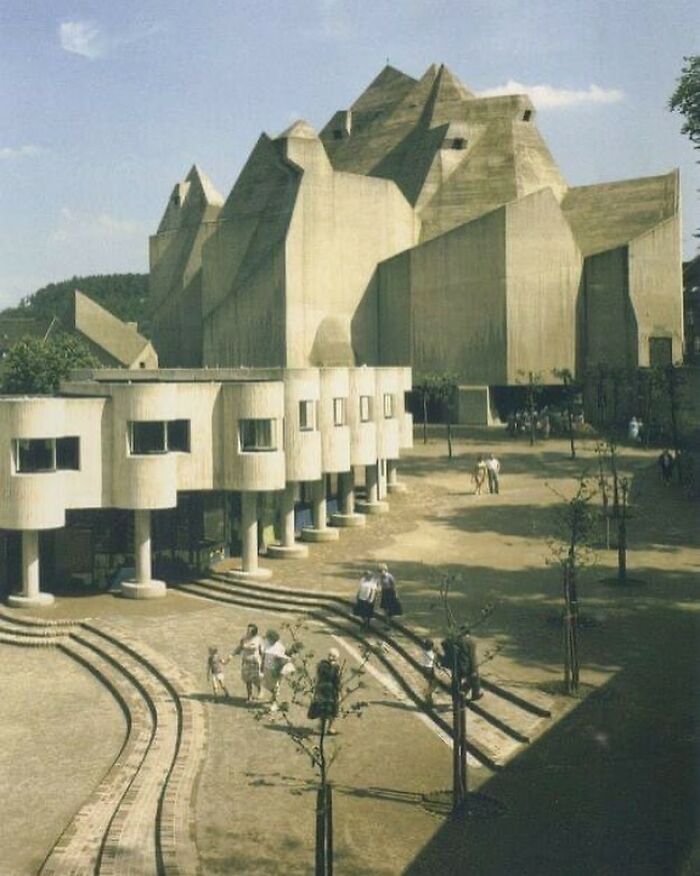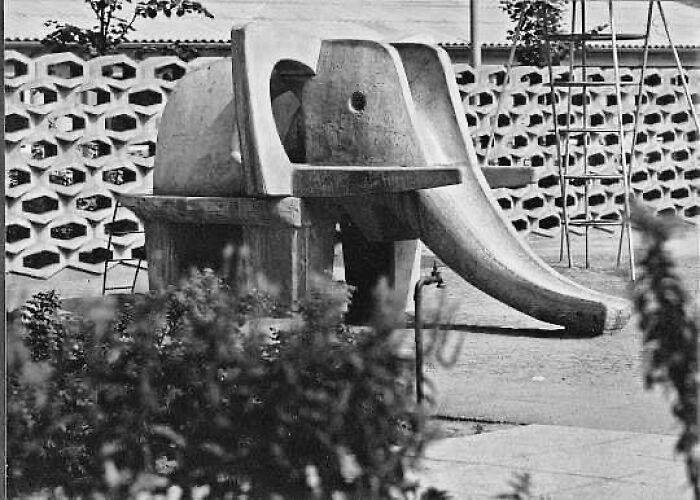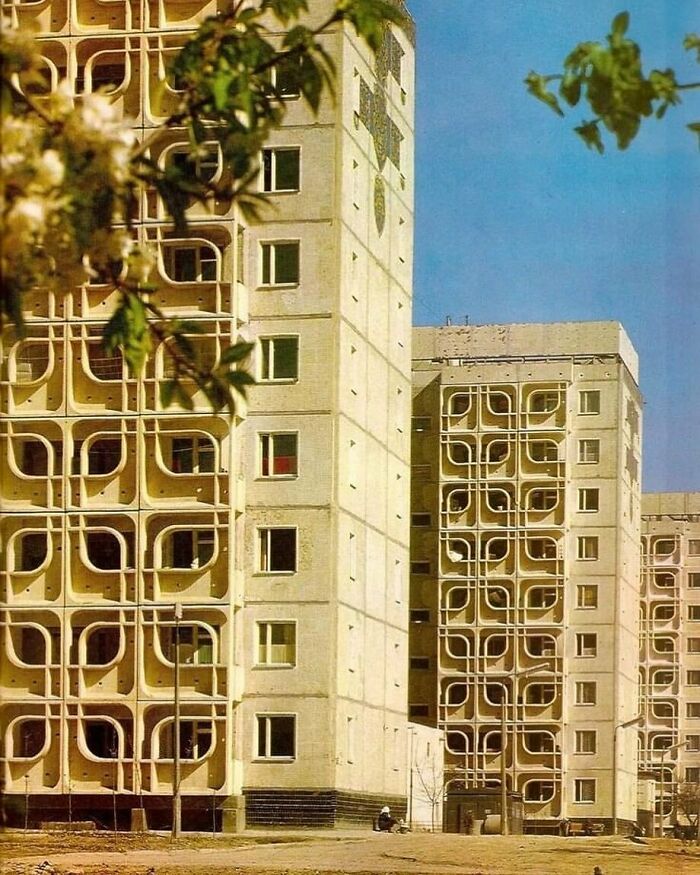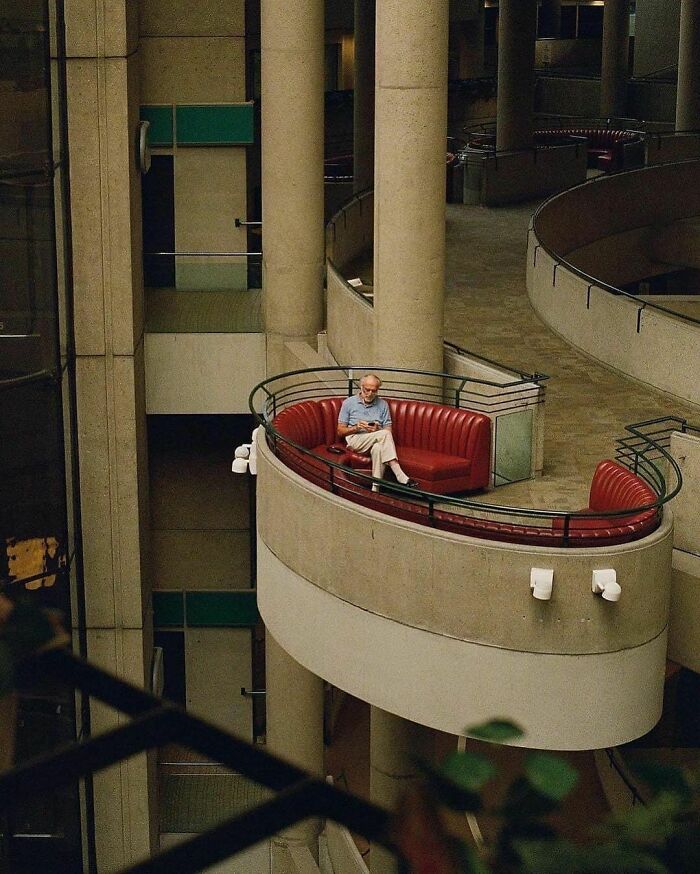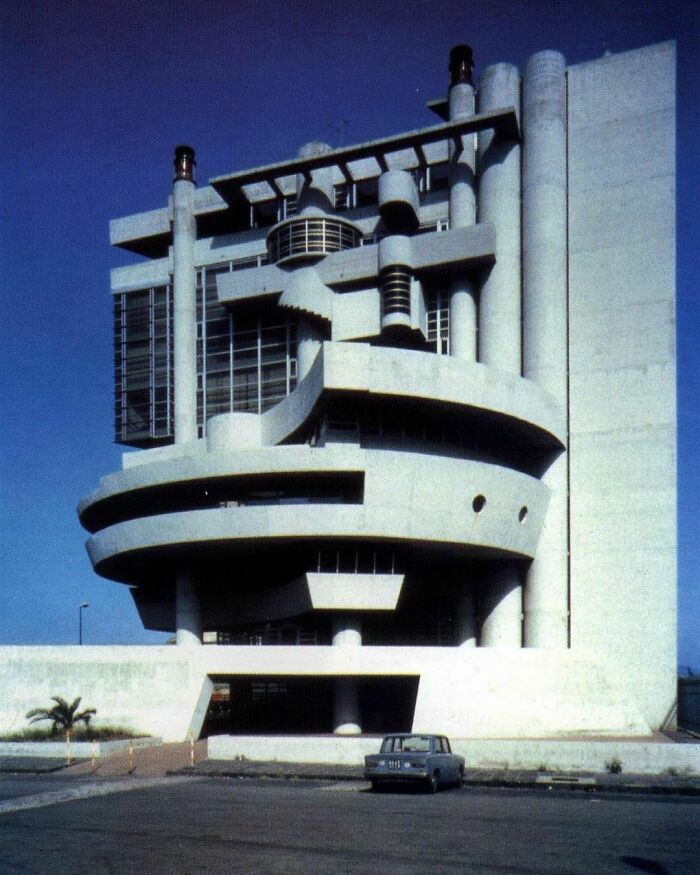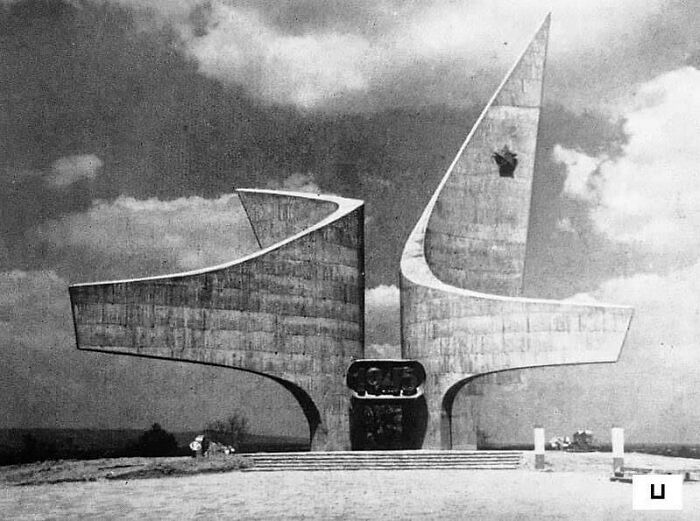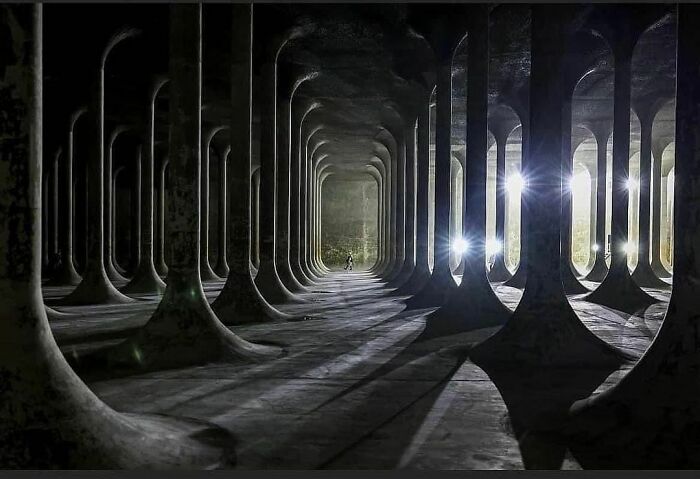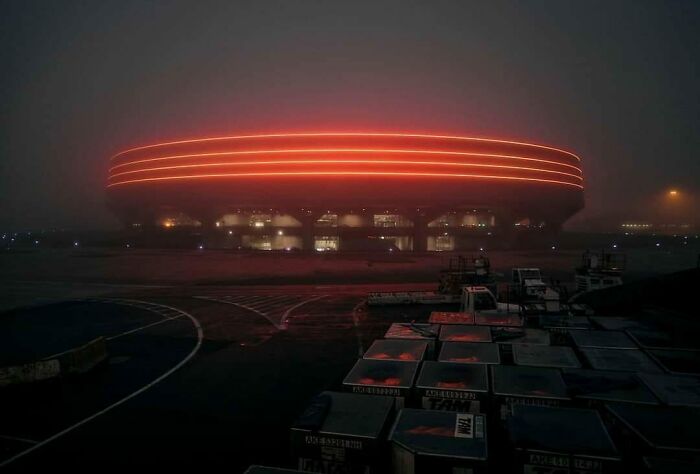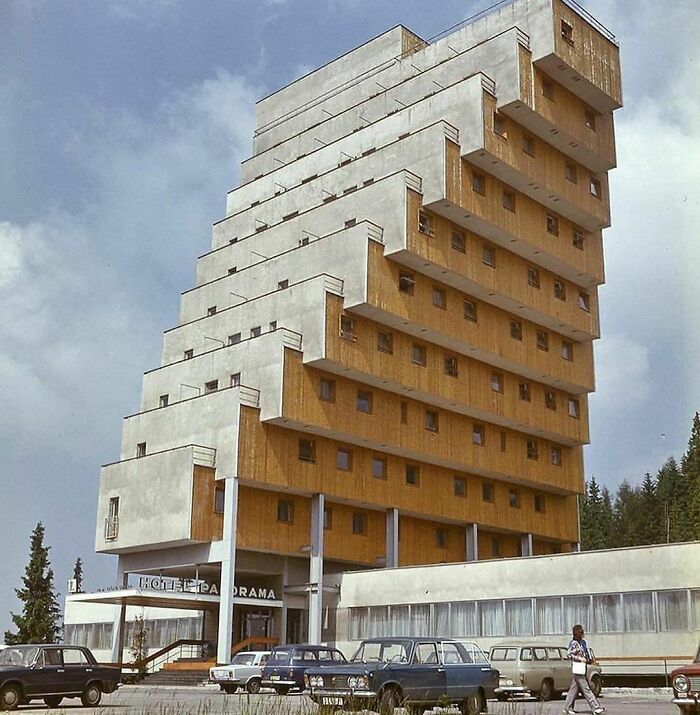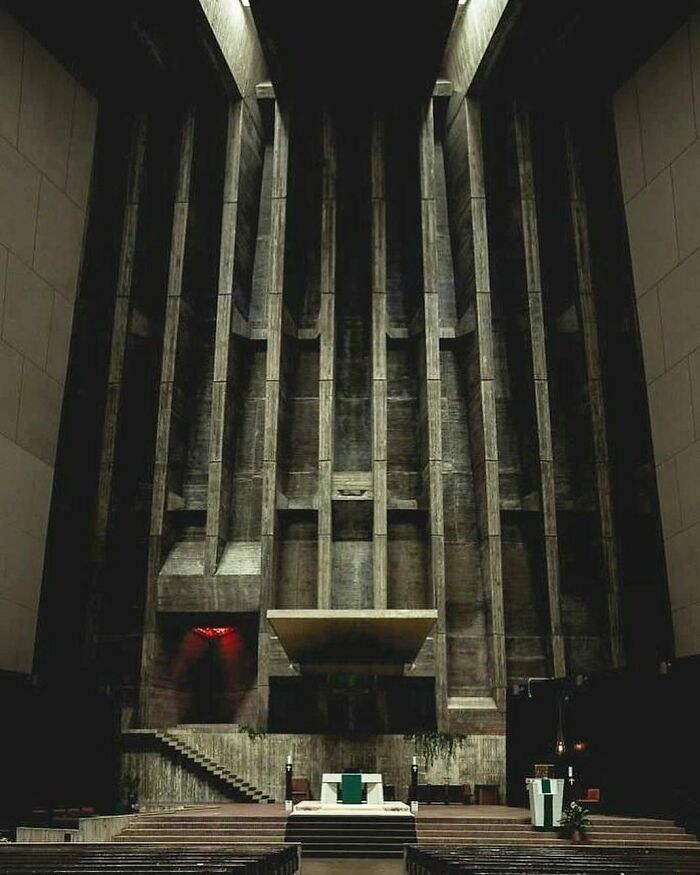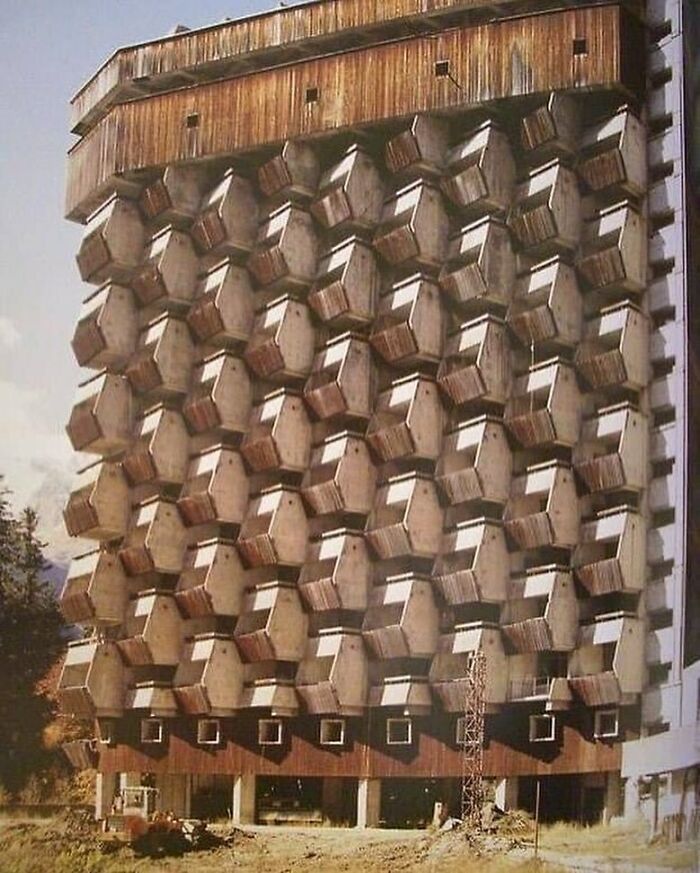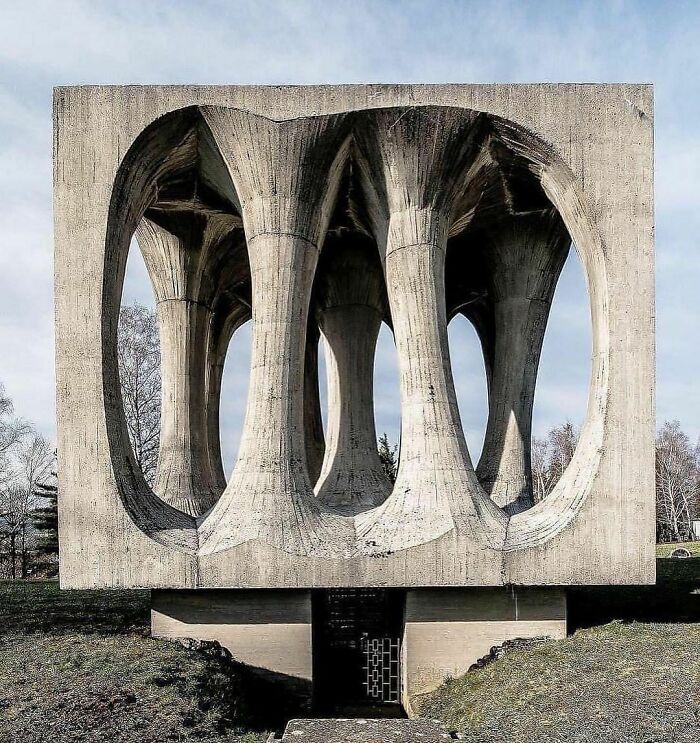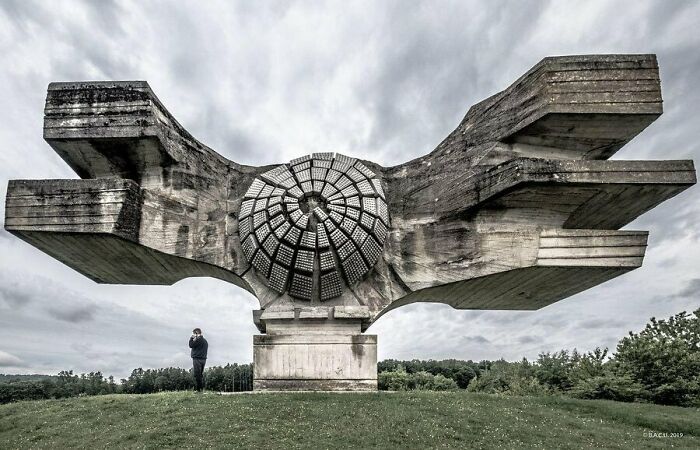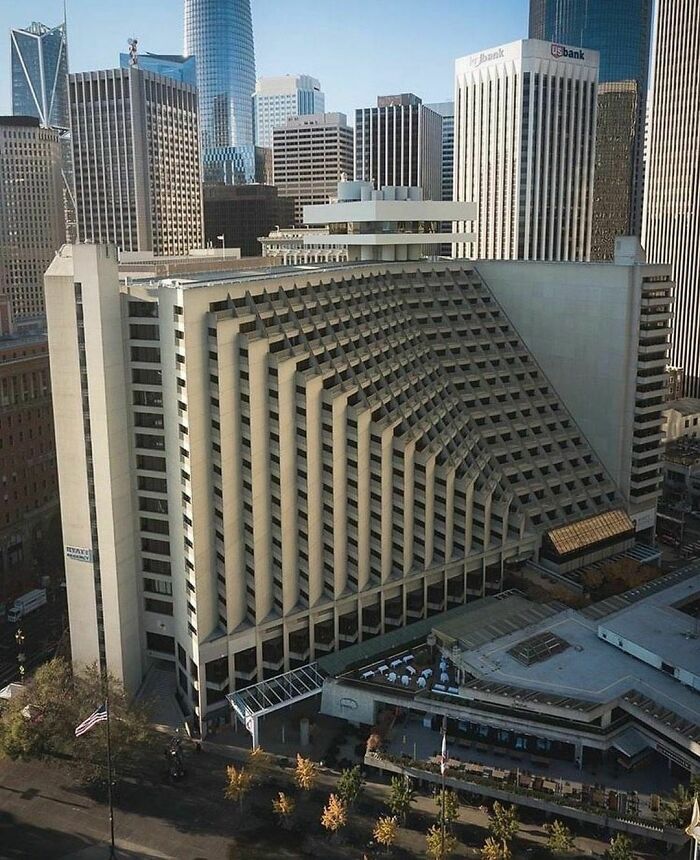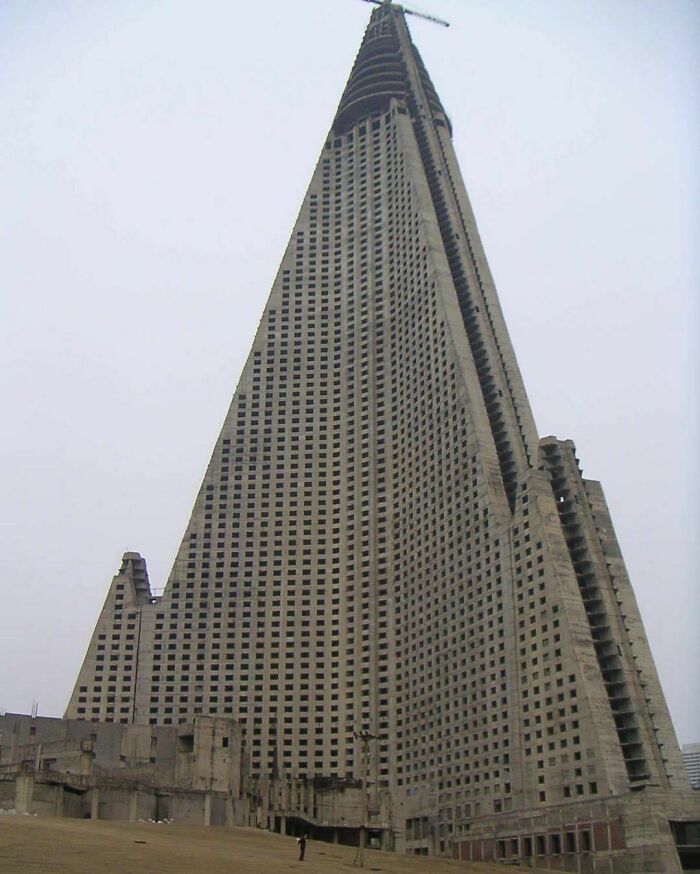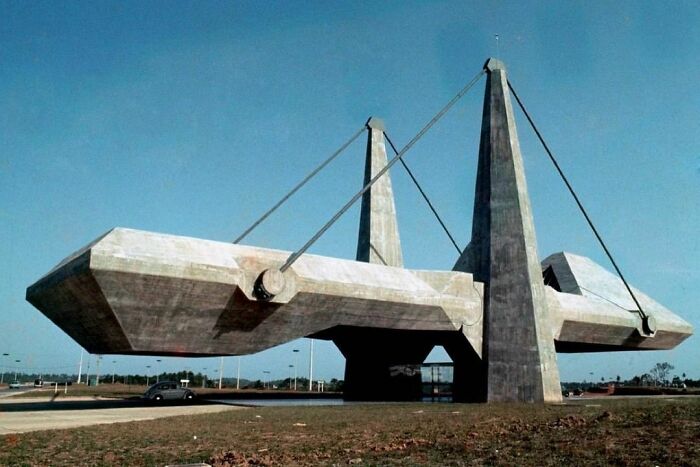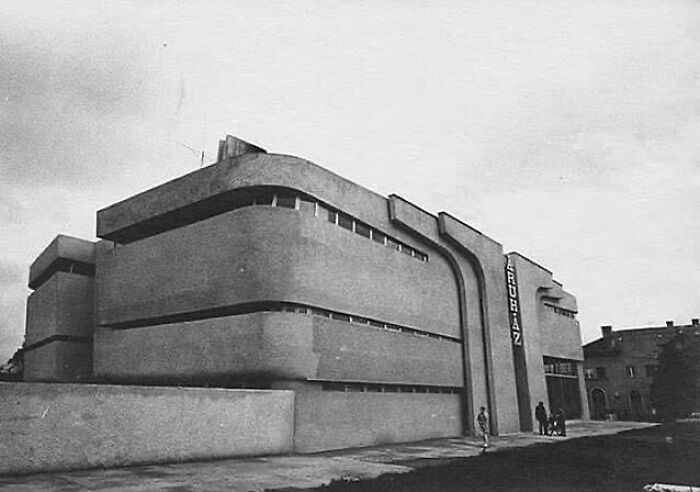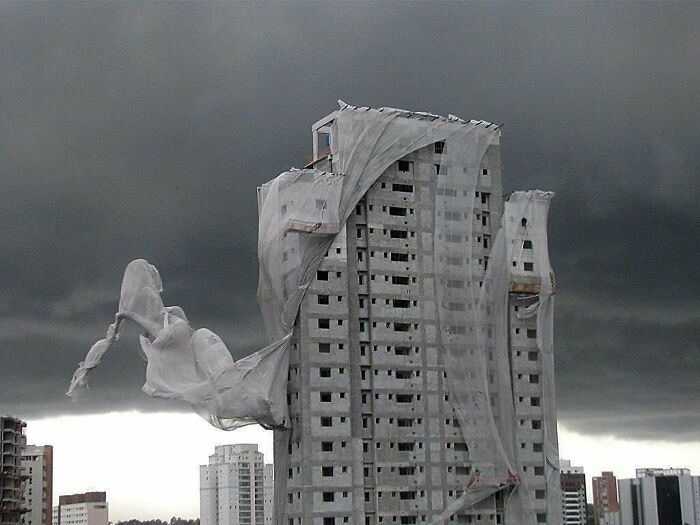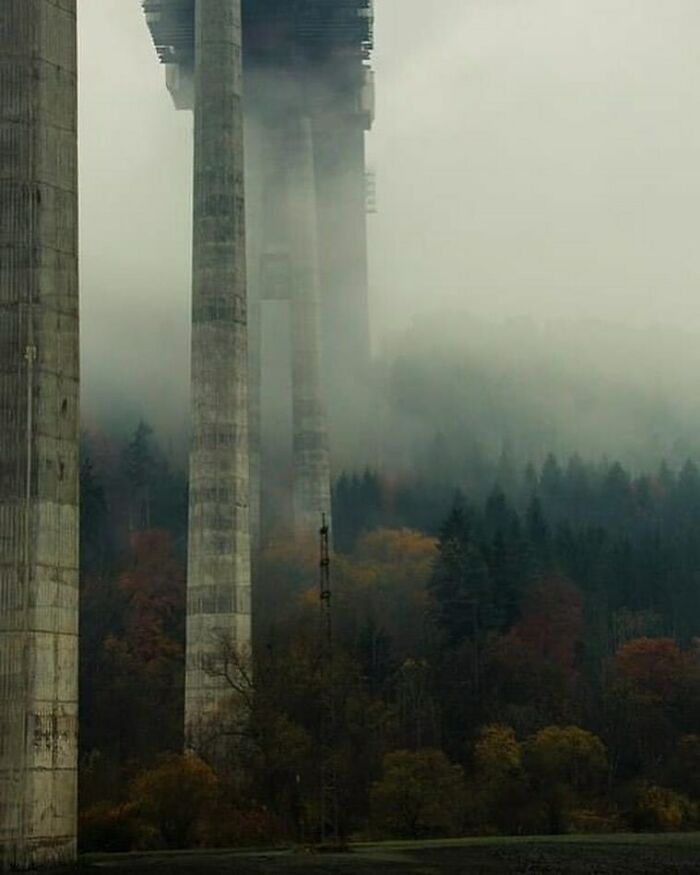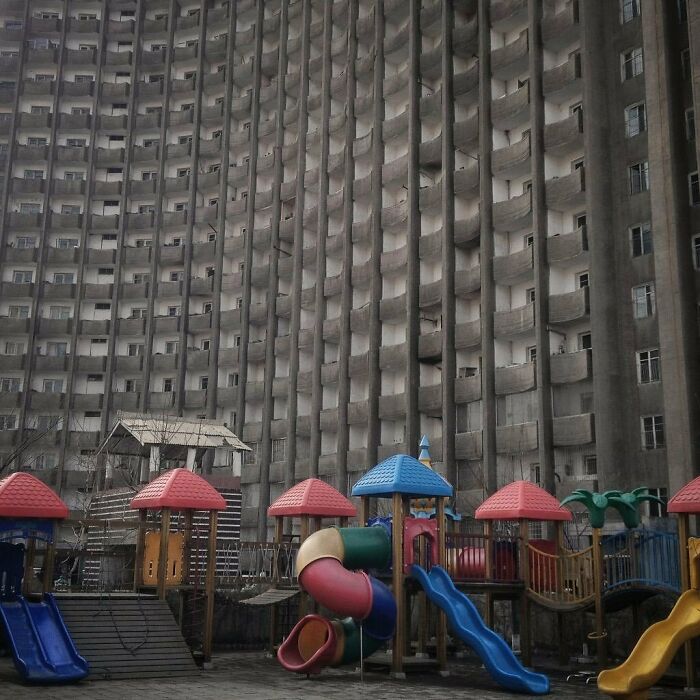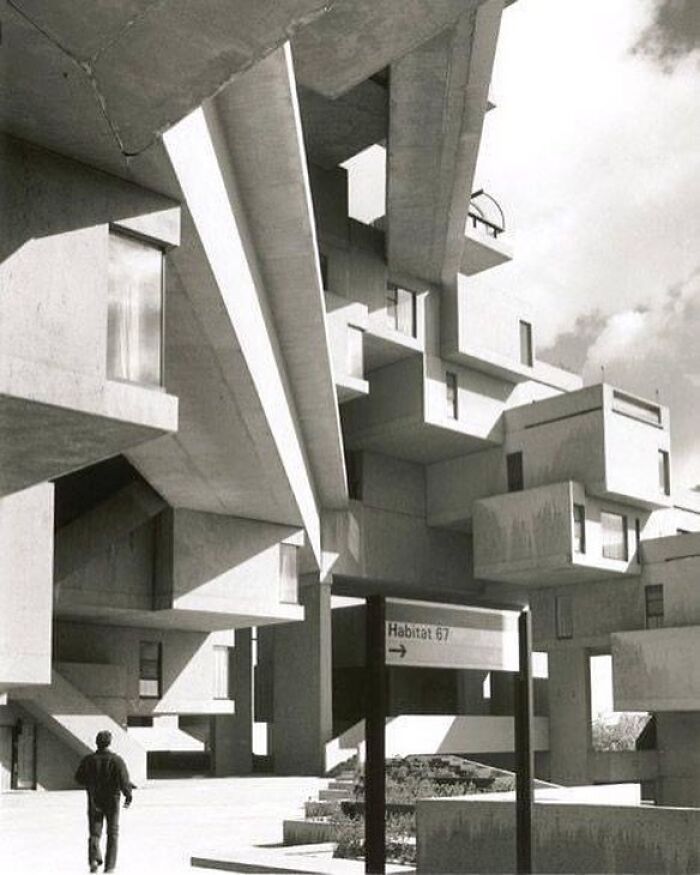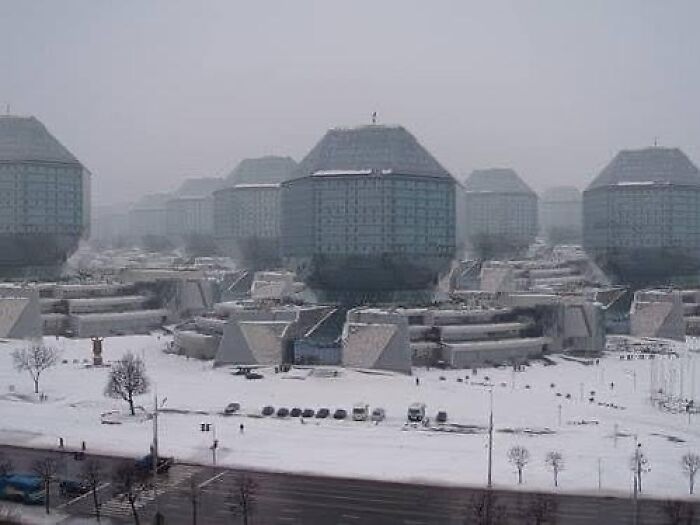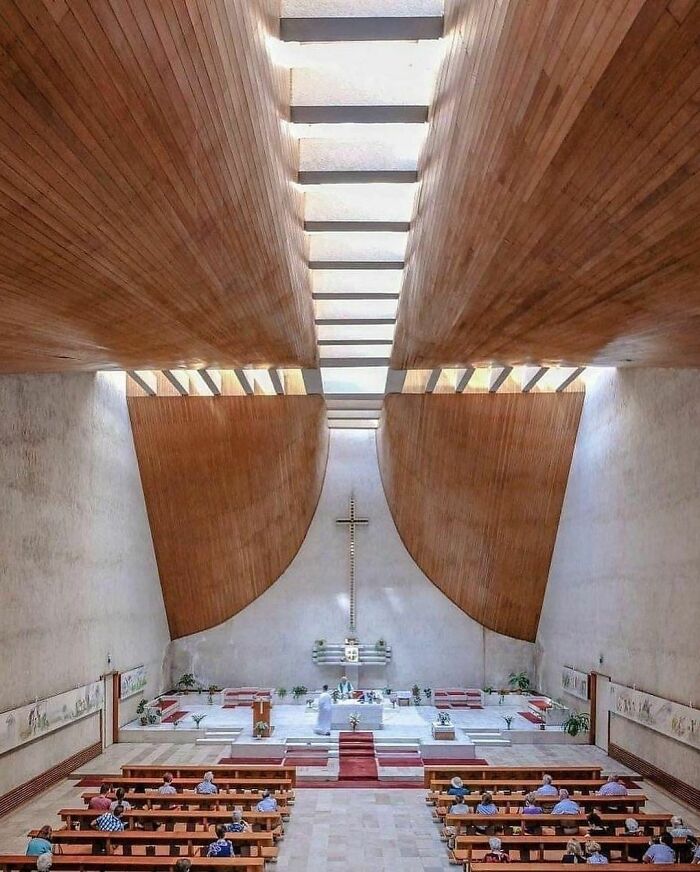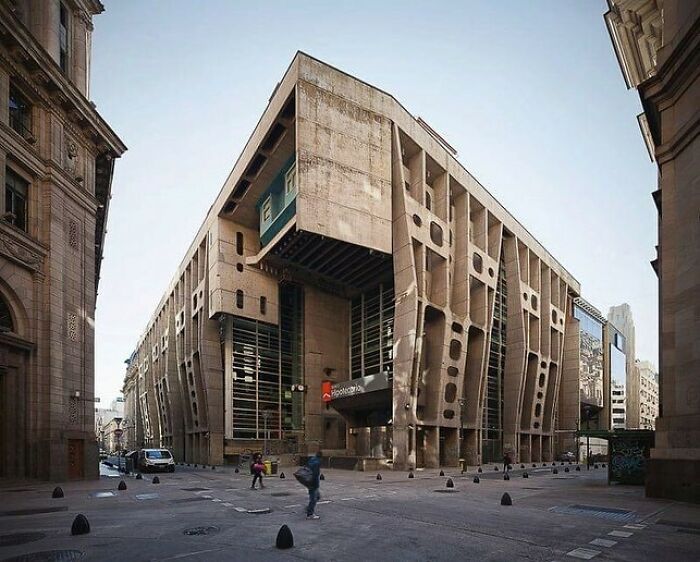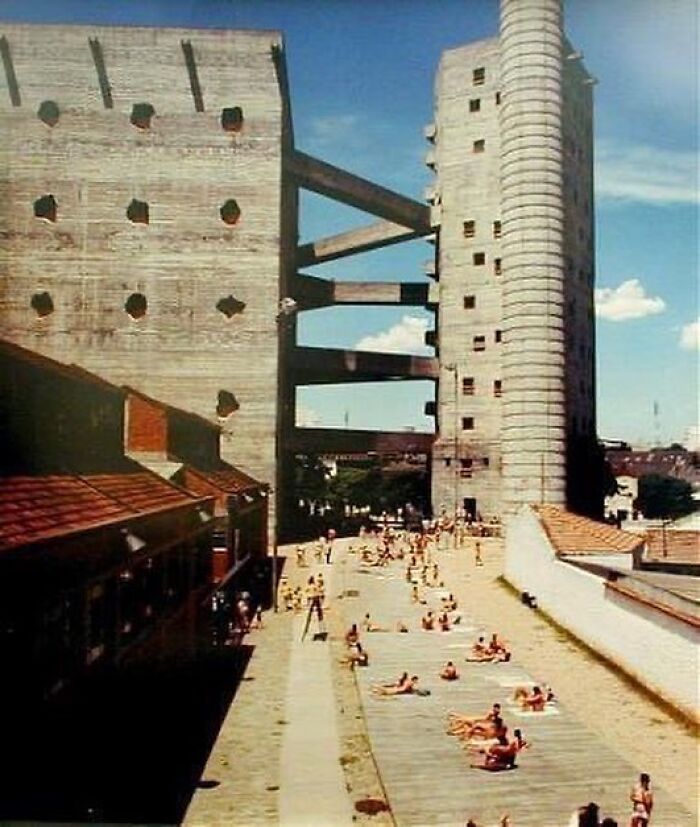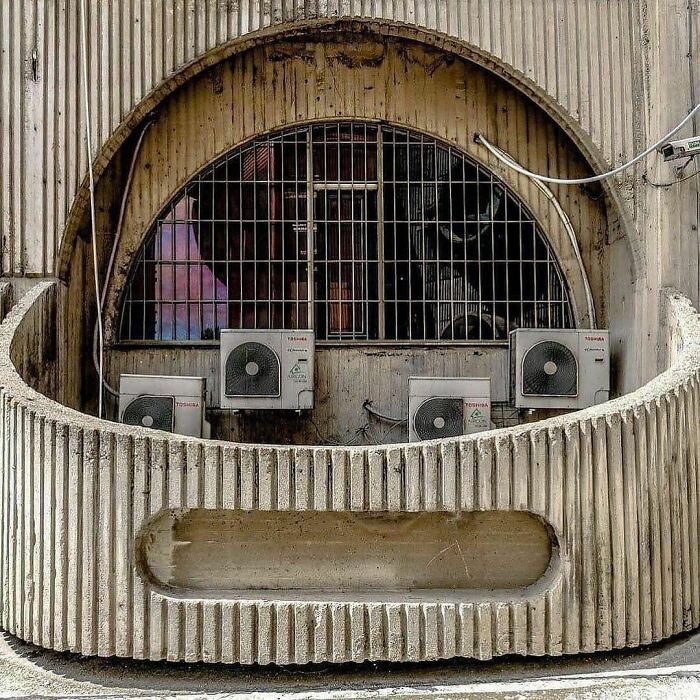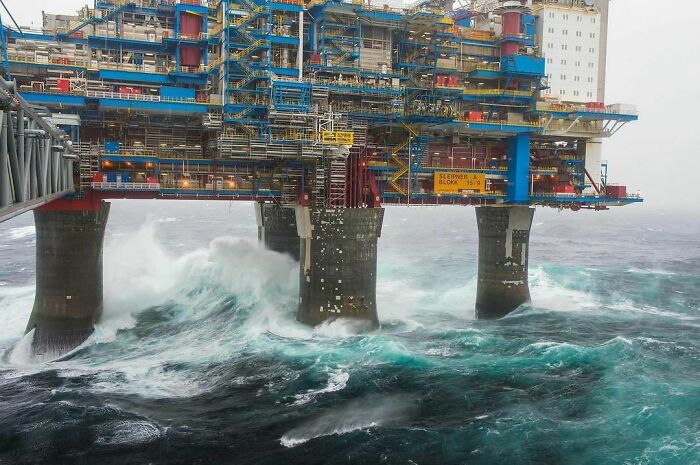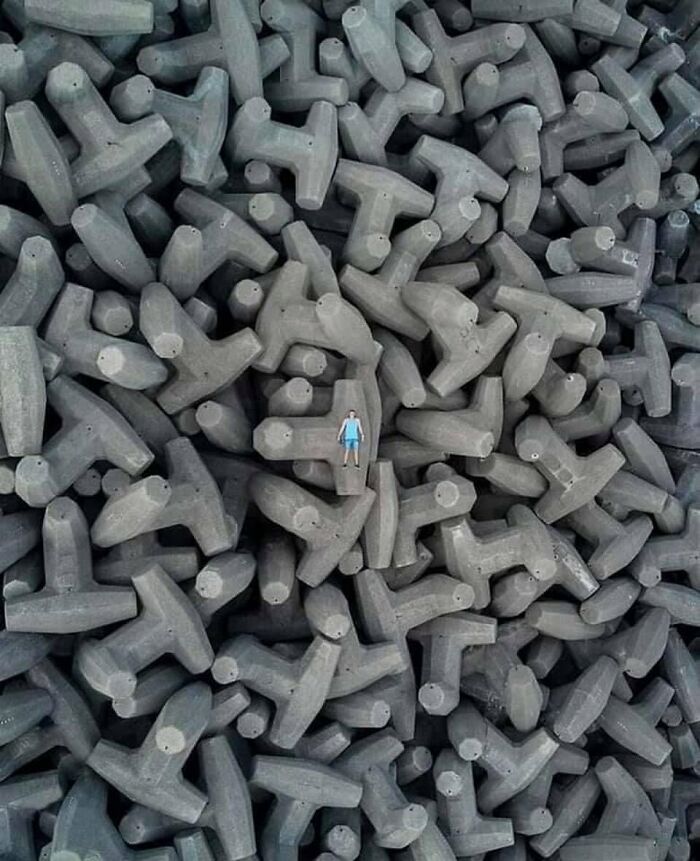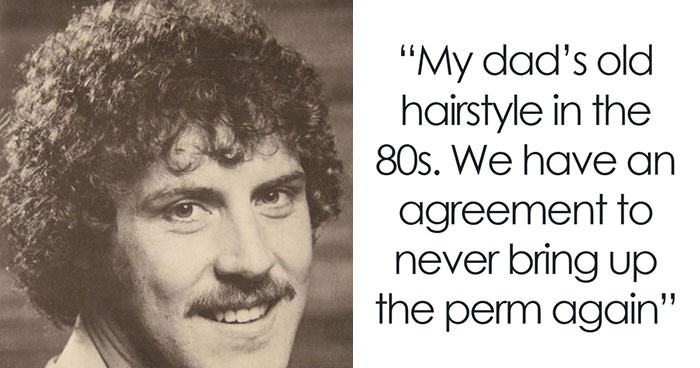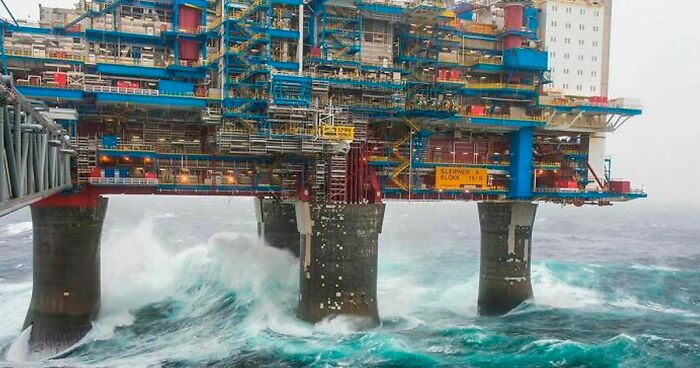
30 Pics That Perfectly Sum Up Brutalist Architecture, As Shared On This Online Page (New Pics)
Welcome to brutalism, probably the most divisive aesthetic humanity has created yet. Some may call it ugly and uninspiring. Others believe there are lots of possibilities for creativity using its aesthetics. But whether you’re a lover or a hater, you can’t deny it’s an influential architectural and aesthetic style.
The creators of this IG page also know this, as they are a part of the SocialistModernism project. The Brut Group Instagram is part of the project’s attempt to fight for “the acknowledgment of certain socialist landmarks as historic monuments.” As they continue to do that, Brut Group is a place for examples of brutalist architecture from all over the world, not just the former Eastern Bloc. We’ve prepared a new selection of pics from this IG page for you, Pandas, so scroll down and let us know your favorites.
This post may include affiliate links.
The Socialist Modernism page is an initiative developed by BACU – Birou pentru Artă şi Cercetare Urbană (Bureau for Art and Urban Research). It's an architectural heritage protection community based in Romania. As already mentioned, their goal is to protect built heritage and research within the former Eastern Bloc. Their focus is on the buildings erected between 1955 and 1991.
"We are dealing with the protection/monitoring/research/preservation of the current state of those cities," the group writes on its website. That includes buildings, monuments, parks, squares, entire districts, and green areas.
They describe the process of their work too: "In the first phase of this project, we will concentrate on the analysis/research/study." The second phase will involve the education of local authorities and inhabitants of those protected areas. They seek the protection of brutalist buildings through legislation.
If you go to the Modernist Socialism website, you can find an interactive map. It shows brutalist buildings from all over the world that architects, urban planners, art historians, and activists have submitted to the project.
Although the website's mission statement focuses on former Soviet Union countries, the map also includes buildings from other continents.
Some entries are more or less what you'd expect, The Embassy of the Russian Federation in Cuba, for example. But there are other interesting examples, too. The Geisel Library of the University of California in San Diego might be a more surprising listing.
The origins of the term 'brutalism' come from the French language. 'Béton brut' means 'raw concrete,' referring to the material most architects and designers of the movement used. Brutalism came into prominence in the '50s and '60s. Art historians characterize it as simple, block-like forms and constructions from raw concrete.
There's another theory of how brutalism came to be. New Brutalism, to be exact. Peter Smithson, one of the pioneers of British brutalism, apparently resembled the emperor Brutus. His nickname was Brutus, and people thus theorize that's where the name for the style came from.
This photograph appears to be from March 2004. Some updated pics, internal & external, are included in this article from Jul 2023 https://www.9news.com.au/world/ryugyong-hotel-north-korea-the-hotel-of-doom-that-has-never-welcomed-a-single-guest/0f1f16df-65bc-41a3-9c79-dc6d9de2afed
No way I am parking there. What if someone gets off the other side?
It's true that, often, people either love or hate brutalist architecture. Usually, it's because the style lacks ornaments and colors. It's like a blank canvas, and the buildings look unfinished, in a way. But Urban Learners Director Andy Costa says that it's a "misnomer that brutalist buildings have no articulation."
Look! It's the spirit of any lovely architecture style being exorcized from the building!
"They're really full of texture and life," the architecture and development consultant went on to say in his interview with BBC Front Row. He also spoke about the reasons why so many buildings from that time in Britain and Eastern Europe had the brutalist style. "Concrete was cheap, [and] energy was cheap at the time," he simply said. "It was a very affordable material."
This is a bit shopped. There is actually only one of these buildings.
Not brutalism. This is the National Library of Belarus in Minsk, but the picture is photoshopped.
Minsk in Belarus. This is photoshopped though, there's only 1. I've seen it and it isn't too bad in real life considering where it is.
Load More Replies...However, cost practicality is not the only quality of brutalism. There's also a philosophical aspect. "It wasn't rendered or covered brick. It didn't present itself as something better than it actually was," Costa added. "There's real honesty about that. And the philosophers and critics of that time taught about that ethic of architecture being accessible buildings."
Banco de Londres es una obra de Clorindo Testa construdia en Buenos Aires, Argentina en el año 1959 - 1966, still standing and being a bank
Catherine Croft, Director of the Twentieth Century Society, spoke to BBC Front Row about how brutalism was a response to modernism. "People felt it got a bit too staged, too boring, and a bit too bland."
Because the majority of brutalist buildings are in former socialist states, people assume that there are socialist principles behind the style itself. We only need to look at what types of buildings these were: mostly residential.
I am impressed, a list about brutalist architecture that maybe shows a handful examples, the rest being random old or ugly buildings. Bravo
TIL: 1. Star Wars' empire used brutalism as inspiration & 2: BP doesn't know what brutalism is
Internet becoming less appealing place now. It was easy to learn something, several years before. I thought it smells like evolution, less stupid ppl overall, education at the tip of your fingers, if you want it. And now disinformation everywhere, useful sources misplaced with attempts to sell something. Even the pictures of well known artists, are replaced with AI images. Guys, the only architecture post in a month, with a glass, burning building, you labeled Brutalism.
It would add greatly if the locations were included with the pictures.
first of all, why didnt they say where these are taken, second of all, as several people already said, most of these have nothing to do with brutalism. Brutalism has nothing t do with "brutal"
We clearly have Pandas who could put together a better list than this - any volunteers?
too lazy, but for a quick fix, google Alexandra estate, Trellick Tower, Balfron tower, Barbican, the Standard hotel, all in London, for a few fun brutalist examples!
Load More Replies...Likely alone in this view: add some windows and a s**t load of greenery and I'm in love with the majority of these🥰
Brutalism may have looked good on the plans but living in them was awful, this is why no one likes it. Some were practical as a means of alleviating overcrowding in the 60s and were quick to build and much cheaper than refurbishing existing stock. Now they are coming down having reached the end of their lives after 50/60 years..
some of these social housing estates were build (not designed) too cheap, and not looked after well, because poor people lived in them.
Load More Replies...Hardly any of these posts depict brutalism. Read a book, BP.
This kind of reminds of some of BP's Megalophobia posts. I really liked those maybe you could do some more? Also maybe a liminal spaces one!
For context, some buildings can look ugly, but where a big hope and progress for millions of families in post war destroyed Europe. Slums were a thing untill the mid 70's in France, like in Nanterre for instance. And it wasn't a matter of money for people living there, but a matter of lack of construction.My granpa lived in a quite ugly concrete bar, but was very happy : for the first time of his life, he had central heating, toilets inside the flat, a bathroom. He left North of France, where they lived with a extented family of eight on a 35 square meter house. Saw the house, life was hard there
I will say this. Brutalism makes you FEEL things. These emotions may be revulsion, anger, outrage, amusement, admiration... but not indifference. Some - like the indoor swimming pool - are stunning, while others are outright dystopian and just evoke despair in me. It helps to understand the context in which it originated, namely the post-war era, when it was seen as a clean break from the old order that had led to so much suffering. It was meant to be a new, modern aesthetic for a brave new world (Aldus Huxley reference intended). In reality, it was often just alienating.
brutalism can be really cute. I love the space age style, not the "concrete slab" style.
Load More Replies...I am impressed, a list about brutalist architecture that maybe shows a handful examples, the rest being random old or ugly buildings. Bravo
TIL: 1. Star Wars' empire used brutalism as inspiration & 2: BP doesn't know what brutalism is
Internet becoming less appealing place now. It was easy to learn something, several years before. I thought it smells like evolution, less stupid ppl overall, education at the tip of your fingers, if you want it. And now disinformation everywhere, useful sources misplaced with attempts to sell something. Even the pictures of well known artists, are replaced with AI images. Guys, the only architecture post in a month, with a glass, burning building, you labeled Brutalism.
It would add greatly if the locations were included with the pictures.
first of all, why didnt they say where these are taken, second of all, as several people already said, most of these have nothing to do with brutalism. Brutalism has nothing t do with "brutal"
We clearly have Pandas who could put together a better list than this - any volunteers?
too lazy, but for a quick fix, google Alexandra estate, Trellick Tower, Balfron tower, Barbican, the Standard hotel, all in London, for a few fun brutalist examples!
Load More Replies...Likely alone in this view: add some windows and a s**t load of greenery and I'm in love with the majority of these🥰
Brutalism may have looked good on the plans but living in them was awful, this is why no one likes it. Some were practical as a means of alleviating overcrowding in the 60s and were quick to build and much cheaper than refurbishing existing stock. Now they are coming down having reached the end of their lives after 50/60 years..
some of these social housing estates were build (not designed) too cheap, and not looked after well, because poor people lived in them.
Load More Replies...Hardly any of these posts depict brutalism. Read a book, BP.
This kind of reminds of some of BP's Megalophobia posts. I really liked those maybe you could do some more? Also maybe a liminal spaces one!
For context, some buildings can look ugly, but where a big hope and progress for millions of families in post war destroyed Europe. Slums were a thing untill the mid 70's in France, like in Nanterre for instance. And it wasn't a matter of money for people living there, but a matter of lack of construction.My granpa lived in a quite ugly concrete bar, but was very happy : for the first time of his life, he had central heating, toilets inside the flat, a bathroom. He left North of France, where they lived with a extented family of eight on a 35 square meter house. Saw the house, life was hard there
I will say this. Brutalism makes you FEEL things. These emotions may be revulsion, anger, outrage, amusement, admiration... but not indifference. Some - like the indoor swimming pool - are stunning, while others are outright dystopian and just evoke despair in me. It helps to understand the context in which it originated, namely the post-war era, when it was seen as a clean break from the old order that had led to so much suffering. It was meant to be a new, modern aesthetic for a brave new world (Aldus Huxley reference intended). In reality, it was often just alienating.
brutalism can be really cute. I love the space age style, not the "concrete slab" style.
Load More Replies...
 Dark Mode
Dark Mode 

 No fees, cancel anytime
No fees, cancel anytime 





